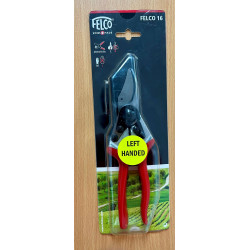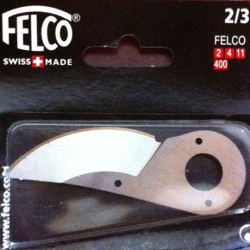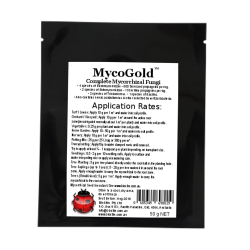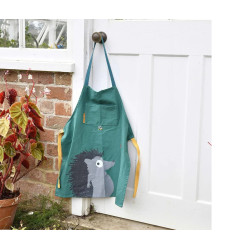How to Grow a Rose - The Basics
Roses are a wonderful hobby and will give you years of happiness, as they can live for well over 50 years.
Generally, roses are easy care plants and once established, can survive through some of the toughest conditions. However, young or newly planted roses are delicate, and need regular watering and attention to become established and hardy.
In the right conditions, roses will generally take 2 years to become established. Below is some basic rose growing information, that will help you grow not only a rose but a beautiful specimen that will reward you for years to come.
Roses need four main things to survive:
1. Deep watering - Watering is the most important factor to growing healthy roses. Please click here for our watering guide.
2. A soil ph of 6.5 - They can handle a bit each side but not the extremes. An incorrect pH will restrict the plants access to nutrients. Click here for more information on soil pH.
3. 6 hours of direct sunlight - They will survive with less but will be spindly and produce less flower. More sun = more flowers and growth.
4. Food - There are lots of products on the market. DO NOT FERTILISE AT TIME OF PLANTING. Wait until the flowers start showing colour. Click here for more information on fertilising roses.
Planting Information:
When to plant: The best time to plant or transplant a rose is during winter when they are dormant/bare root. You can plant a rose from a pot during the growing season but extra care must be taken to ensure the rose does not go into shock.
Soil Preparation: the soil is best prepared a 6-8 weeks in advance of planting. Ensure you test the soil pH before working the soil and correct where needed (click here for information on soil pH). Roses can adapt to most soils except sand. The basics of preparing soil is to add organic matter such as compost and a bit of blood and bone, turn it over a few times and then let it sit. Click here for more information on soil preparation.
Do not plant where a rose has been without changing the soil.
Planting Roses: All roses supplied by us come with a planting guide. When planting a bare root rose, make sure you read the planting instructions and make a mound in the centre of the hole to arrange the roots down - otherwise you risk getting suckers. Once the roots have been covered with soil, WATER WATER WATER!! Give your roses a good soaking and ensure that you are watering 2-3 times a week. Click here to view our watering guide.
Our Planting Guides:
Bare Root Roses - click here.
Potted Roses - click here.
Ongoing Rose Care:
Watering correctly is the most important factor to growing healthy roses. For specific information of watering roses, we strongly encourage your to view our watering guide, click here.
During spring, summer and autumn, you may experiece pests or fungi that love roses. Spraying when the new leaves appear, and on a regular basis, will stop most problems - PREVENTION IS BETTER THAN A CURE. This is especially importnat if you are in a humid climate.
Our 'Prevention Is Better Than A Cure' Rose Care Spray:
- Eco Oil or Eco Neem- for pests
- Eco Fungicide - for the fungal diseases
- Charlie Carp - foliar feed (this will make your garden smell a bit fishy but it is great stuff)
Put all three of these in the recommended dosages (as instructed on packaging) into one spray bottle. Religiously spray once a week, both under and over leaves until they drip. This spray mixture is organic and not systemic, therefore it will not remain on the foliage or plant for extended periods of time. It will also not harm you, your pets or any of the 'good bugs' in your garden.
There are many chemical sprays are on the market, please use only as directed and wear protective clothing.
Winter Pruning:
Pruning roses is not difficult, however, it is a task many find daunting due to the vast amounts of information and opinions available on the topic. To be honest, you cannot really prune a rose wrong. Pruning does not harm the rose at all, you will not kill the rose by pruning – so don’t stress!
Pruning is best done mid to late winter or early spring - remember to hold off until the most severe frosts have passed in frost prone areas.





